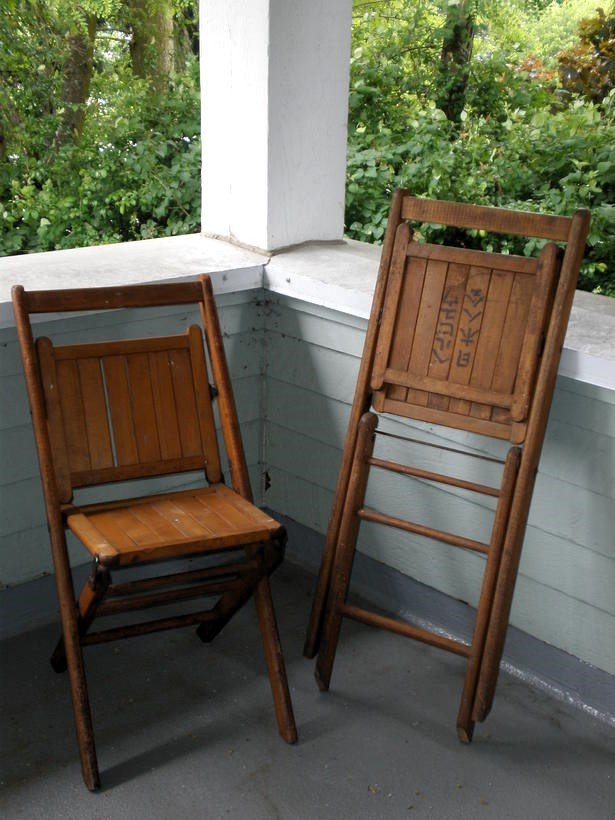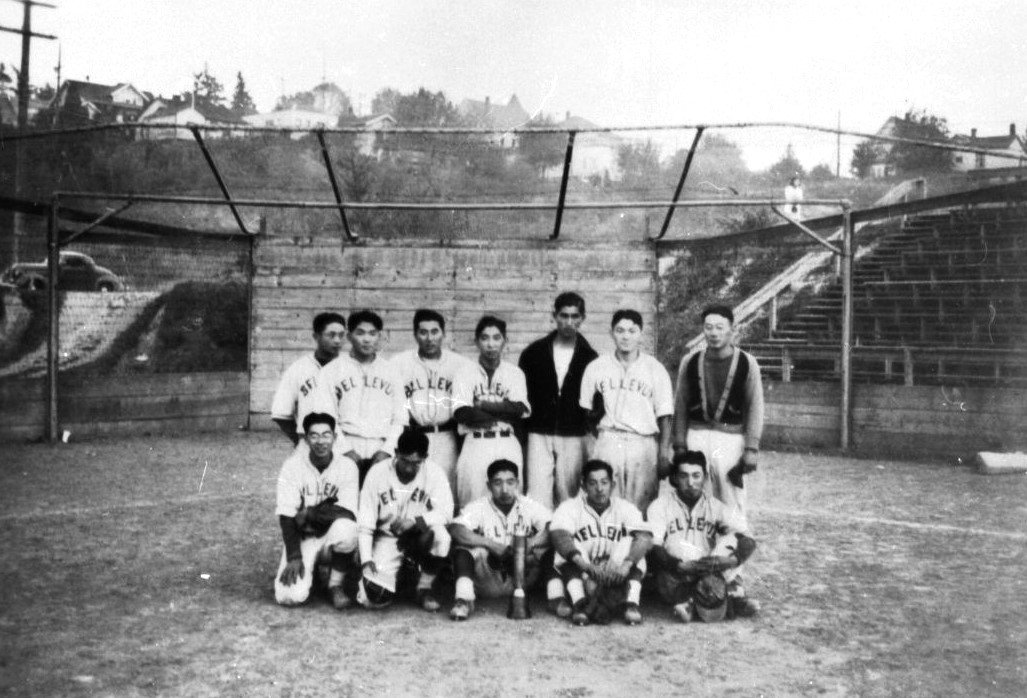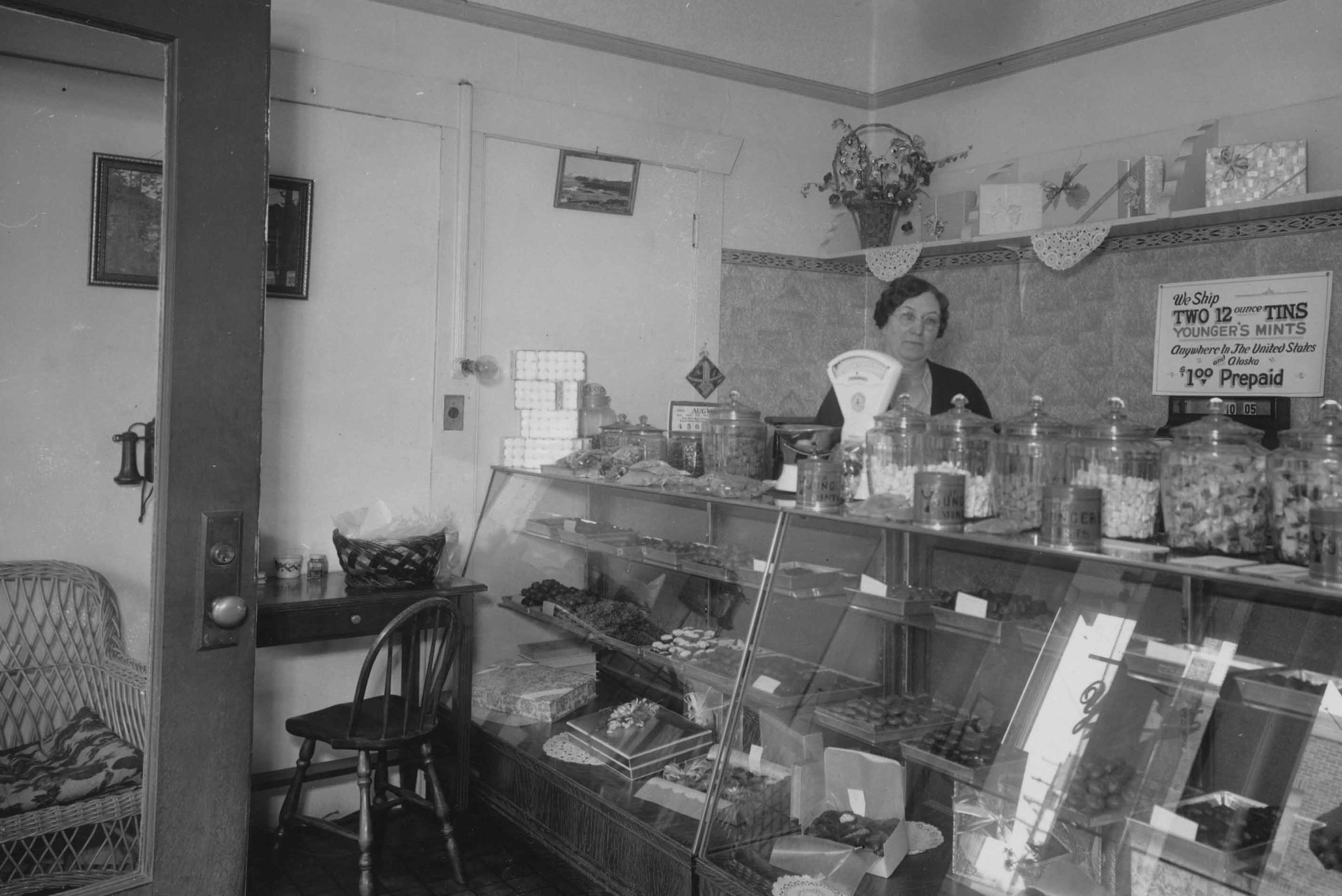Written by Grant Frechtling
2024
The Burrows Cabin, located in Chism Beach Park, is Bellevue’s oldest surviving structure and a testament to the city’s rich history. The cabin is also the legacy of one of Bellevue’s earliest pioneers, Albert Burrows.
Albert Burrows was born in Morgan County, Indiana in 1837. Not much is known about his early life. But in 1857, at the age of 20, he moved to Des Moines, Iowa. There, he would meet his wife, Martha James, and have four children: Calanthia, Lillian, Maud, and Albert S. (Selden).
Portrait of Albert Burrows (1837-1896). Ca. 1890. Credit: University of Washington Libraries, Special Collections, POR611
Married life was soon disrupted, as in 1861, tensions between the North and South would escalate into the Civil War, where Burrows served in the Union Army. Once the war ended, Burrows returned to his homestead in Iowa until his wife, Martha Burrows, died in 1876.
After her tragic passing, Albert Burrows decided to make the move westward where he would be entitled to 160 acres of land for homesteading as a Civil War veteran. In 1882, after a short stop in Sacramento, Burrows and his four children would arrive in Seattle, Washington, where he would get a job working at a sawmill.
In Seattle, Burrows would meet George Miller, who had settled in the present-day Beaux Arts area with his family. Intending to establish a school with other families, Miller convinced Burrows to settle nearby on the east side of Lake Washington, in what is now present-day Bellevue.
Once settled on his land in 1883, Burrows would first build a log cabin, now known as the Burrows Cabin. He would also build a house at the lake end of present-day SE 15th, where Burrows homesteaded a mile of waterfront. Also in 1883, Albert Burrows would donate land on which he and George Miller would build a one-room schoolhouse, a 10x12 log cabin. This would be the first public school in the Killarney area and was built on the west side of 108th Ave SE, north of SE 25th Street.
In 1892, Burrows, along with other pioneers in the Killarney area, would help build the two-room Main Street School on the SE corner of 100th and Main Street. This school was built with Bellevue’s first bond issue shortly after Washington had been established as a state.
Old Main Street Schoolhouse in Bellevue. Ca. 1905. Credit: University of Washington Libraries, Special Collections, WAS1807
Burrows’ daughter Calanthia would be Bellevue’s first schoolteacher in the 1883 log cabin, instructing seven students, the five Miller children and two Burrows children, receiving $40 for three months’ work. Albert Burrows would serve in the Washington State Legislature before passing away from Bronchitis in 1896.
Burrows served in the Washington House of Representatives for the 43rd district from 1895 to 1896. He lived 59 years, born February 20, 1837 in Morgan County, Indiana and died April 30, 1896 in Bellevue, Washington. He was elected in 1894. Burrows Landing is a 0.25-acre park south of Chism Beach Park. Burrows Landing, now a community dock, was named in his honor.
The Burrows cabin has had a long history and has been moved several times over the years. The cabin had remained in its original spot on SE 15th, close to Lake Washington, until the 1930s at which point the cabin was moved to Bellevue, near where Bellevue Square now stands.
The cabin would not remain there for long. In 1946, an expanding city required the cabin to be moved yet again, this time to a private area off 112th Ave NE. At this point, the cabin was owned by Rody Burrows, the grandson of Albert Burrows. Rody made a few additions in 1956, doubling the size of the cabin.
Burrows family log cabin. Ca. 1945-1950. Credit: University of Washington Libraries, Special Collections, WAS1805
In 1956, ownership of the cabin would transfer to the Thorpes family after Rody sold it to them, where it would be treated as a rental residence for a while. The cabin went through several accidents, starting with an interior fire in the early 1960s, and then a second interior fire in the 1970’s, at which time the original windows were replaced with more modern glass pane windows.
In 2016, the land which the cabin stood on was sold by Ty and Terry Thorpe, who decided to donate the cabin to the City of Bellevue, contributing $10,000 to the preservation of the cabin along with $150,000 that the Bellevue City council had voted to allocate to the relocation of the cabin in June.
It was decided that the cabin would be moved from its former spot to the current location: Chism Beach Park, which was actually very close to the cabin’s original location. In late August 2016, the cabin was moved to Chism Beach Park on the upper lawn near the parking lot for its third and final relocation.
Burrows Cabin in Chism Beach Park. Ca. 2017. Credit: Bellevue City Government.
According to the City of Bellevue, moving the cabin required a series of steps, including the following: removing the cabin from the foundation, removing the roof, placing both the cabin and the roof on a trailer, and transporting the cabin to Chism Beach by semi-truck. At Chism Beach Park, the roof was reattached, and the building was placed on a new foundation. There is a link to a video below that shows the assembly of the cabin at Chism Beach Park.
Today families can visit the Burrows cabin at Chism Beach Park and learn all about the history of the cabin while admiring Bellevue’s oldest surviving structure. The cabin serves as a reminder of one of Bellevue’s earliest pioneers and the roots of Bellevue, which has evolved into the city that we know today.
























